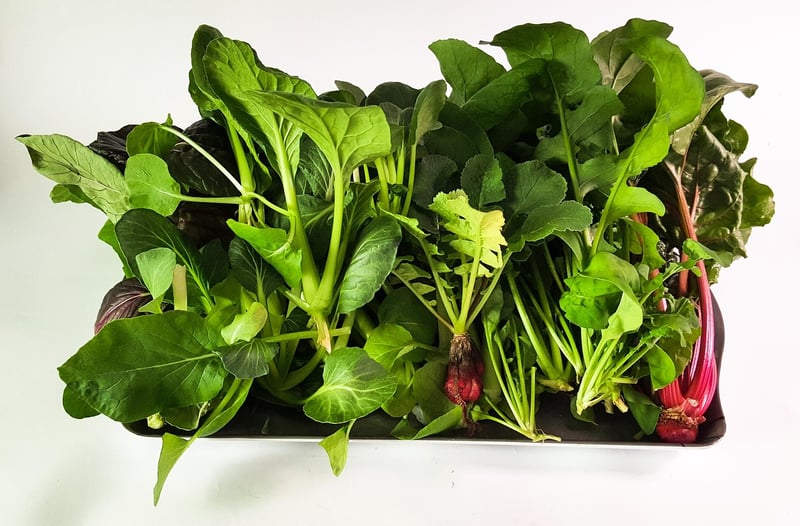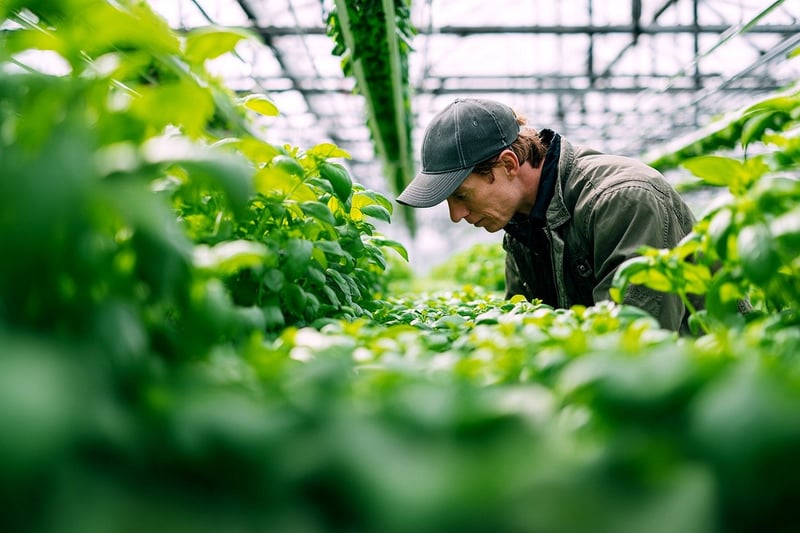Hydroponics Systems
Maximizing Vertical Space for Crops with Hydroponic Systems

When it comes to growing crops efficiently, utilizing vertical space through hydroponic systems has become a popular choice among modern farmers and gardeners. By employing innovative techniques, this method allows for the cultivation of a wide variety of plants in a compact environment, making it an ideal solution for urban areas or limited spaces.
The Advantages of Vertical Farming with Hydroponics
Vertical farming with hydroponics offers several advantages over traditional soil-based cultivation:
- Optimal Space Utilization: Vertical systems make use of height, allowing for more crops to be grown in the same square footage.
- Water Efficiency: Hydroponic systems use up to 90% less water compared to traditional farming methods.
- Year-Round Production: Controlled indoor environments enable year-round crop production regardless of external weather conditions.
- Pesticide-Free and Clean: Hydroponic setups reduce the need for pesticides and produce cleaner, healthier crops.
Types of Hydroponic Systems for Vertical Farming
There are various hydroponic systems that are well-suited for maximizing vertical space:
- NFT (Nutrient Film Technique): Nutrient-rich water is circulated through channels, allowing plants to absorb nutrients continuously.
- Vertical Towers: Plants are stacked vertically, with water and nutrients dripped or misted onto the roots from above.
- Aeroponics: Plant roots are suspended in the air and misted with a nutrient solution, promoting efficient nutrient absorption.
Key Considerations for Setting Up a Vertical Hydroponic System
Before starting a vertical hydroponic setup, consider the following factors:
- Lighting: Ensure adequate artificial lighting or natural light exposure for plant growth.
- Nutrient Solution: Use a balanced nutrient solution to meet the plants' requirements.
- Support Structures: Sturdy support structures are essential to bear the weight of vertically grown crops.
- Monitoring and Maintenance: Regularly monitor pH levels, nutrient concentrations, and system functionality.
By incorporating vertical farming techniques with hydroponic systems, growers can optimize space, conserve resources, and produce high-quality crops efficiently. Embracing this innovative approach to agriculture can lead to sustainable farming practices and increased food production in a world with growing population demands.
Get started with your vertical hydroponic system today and witness the benefits of modern agricultural practices!
